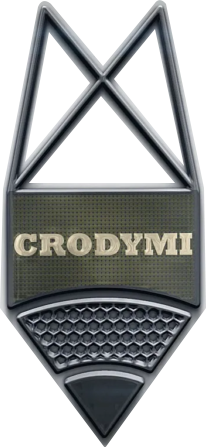In today’s tech-driven world, accident investigations have taken a giant leap forward, thanks to cutting-edge tools like crash scene animation. Also known as forensic animation or accident reconstruction, this process leverages 3D modeling, simulation software, and meticulous data collection to recreate the events surrounding a collision. Below, we’ll explore the fundamentals of crash scene animation, why it’s important, and where it finds its most impactful applications.
What Is Crash Scene Animation?
At its core, crash scene animation is a digital re-creation of an accident. Skilled forensic specialists and animators use precise measurements—such as vehicle damage, skid marks, road conditions, and witness statements—to build a virtual model of the incident. Through advanced software, these experts depict how an accident happened, frame by frame, offering an objective illustration for legal, insurance, or investigative purposes.
Why It Matters
- Accuracy and Clarity
A 3D simulation brings clarity to complex cases where verbal descriptions or static images may fall short. Visualizing the sequence of events helps jurors, insurance adjusters, and other stakeholders understand the mechanics of a crash, from point of impact to final rest. - Supporting Legal Proceedings
Crash scene animation serves as a powerful tool in court. By relying on measurable data—like speed, distance, and trajectory—such animations provide strong, evidence-based visuals that can support expert testimony in personal injury lawsuits, criminal trials, and insurance disputes. - Enhanced Investigations
Accident reconstruction can uncover details that might be missed during an initial investigation. Virtual models allow investigators to test “what-if” scenarios, analyze alternative collision points, and determine fault with greater confidence.
Key Applications
- Insurance Claims: Insurers often enlist accident reconstruction specialists to validate claims, prevent fraud, and clarify liability.
- Law Enforcement: Police departments use crash scene animation to confirm or refute witness statements and to assess fault in complex accidents.
- Legal Disputes: In civil and criminal trials, forensic animations are crucial for presenting a factual, time-sequenced account of events.
- Training and Education: Simulation-based learning helps future forensic professionals and first responders practice investigation techniques in a controlled, virtual environment.
Modern Techniques and Tools
Today’s accident reconstructionists use cutting-edge technology, including:
- Drone Mapping: Capturing aerial photographs of the crash site for detailed 3D renderings.
- LiDAR Scanning: Collecting high-precision data points to measure distances, angles, and object placements.
- Motion Capture: Simulating human movement to illustrate driver and passenger reactions during a collision.
- VR and AR: Providing immersive experiences to assess the accident from any viewpoint.
Backlinks to Authoritative Sources
- For a deeper dive into accident reconstruction, check out the latest research from the National Highway Traffic Safety Administration (NHTSA).
- To learn more about the evolution and methodologies of forensic animation, visit the National Institute of Justice (NIJ).
Final Thoughts
As technology continues to advance, crash scene animation will become even more accurate, immersive, and indispensable. Whether aiding investigators, clarifying complex cases in court, or training the next generation of accident reconstructionists, forensic animation stands at the cutting edge of modern accident analysis. By blending science, data, and visual storytelling, this innovative practice ensures justice and clarity prevail when the details matter most.
By understanding how accident reconstruction and forensic animation work, stakeholders—from legal teams to insurance adjusters—gain the insights needed to make informed decisions. As these technologies continue to develop, expect to see crash scene animation play an even greater role in delivering transparency and clarity to collision investigations.

